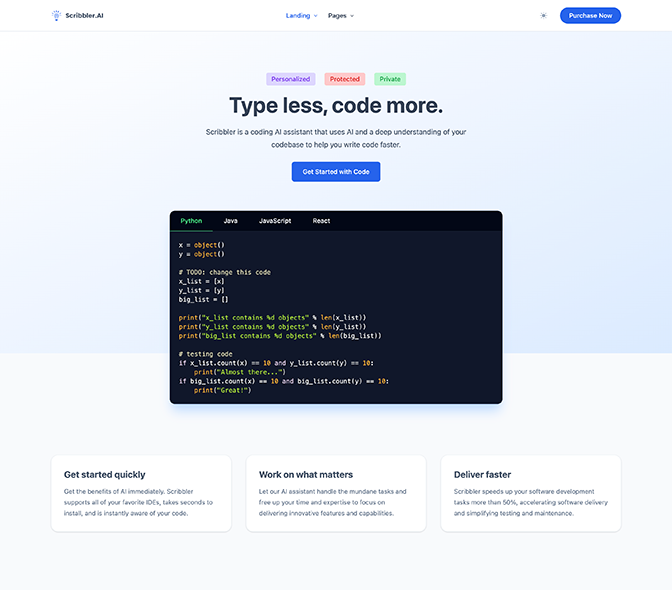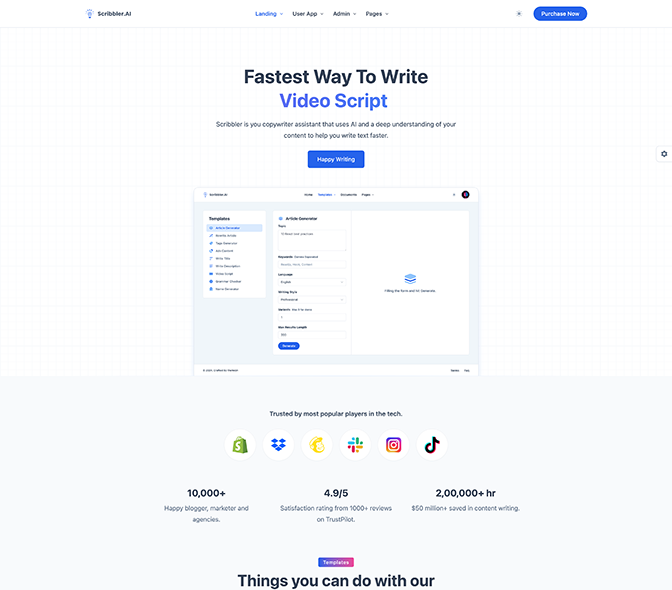Edit - Document Title
React is a popular JavaScript library used for building user interfaces, and following best practices can help you write cleaner, more maintainable, and performant code. Here are 10 React best practices to keep in mind:
-
Component Structure and Organization: Organize your components in a modular way, keeping them small and focused on specific tasks. Group related components into folders and use clear naming conventions.
-
Use Functional Components: With the introduction of React hooks, functional components have become the preferred way to write components. They are more concise, easier to test, and promote the use of hooks.
-
State Management: Use state management libraries like Redux or Mobx for handling complex state logic, shared state between components, and better predictability.
-
Avoid Directly Manipulating the DOM: In React, avoid directly manipulating the DOM using native DOM APIs like
getElementByIdorinnerHTML. Instead, let React handle the rendering and use React's state and props to manage changes. -
Keys in Lists: When rendering lists in React, always provide a unique
keyprop to each item. This helps React efficiently update the UI when the list changes. -
Immutability: Avoid directly modifying state and props as it can lead to unintended side effects. Use immutable data structures or helper libraries (e.g.,
Immutable.js) to handle updates more predictably. -
Performance Optimization: Use tools like React's
memoorPureComponentto prevent unnecessary re-renders, and leverage React's built-inshouldComponentUpdateorReact.memofor functional components. -
Destructuring Props: Destructure props in functional components to make your code cleaner and easier to read, as well as to avoid unnecessary repetition.
-
PropTypes or TypeScript: Type-checking is crucial for avoiding bugs and maintaining a healthy codebase. Use PropTypes or TypeScript to define the expected types of props and state.
-
Error Boundaries: Use Error Boundaries to catch and handle errors within your components, preventing the entire application from crashing due to an error in a single component.
Remember, best practices can change over time with new React features and updates, so always stay up-to-date with the latest recommendations from the React community and official documentation.






